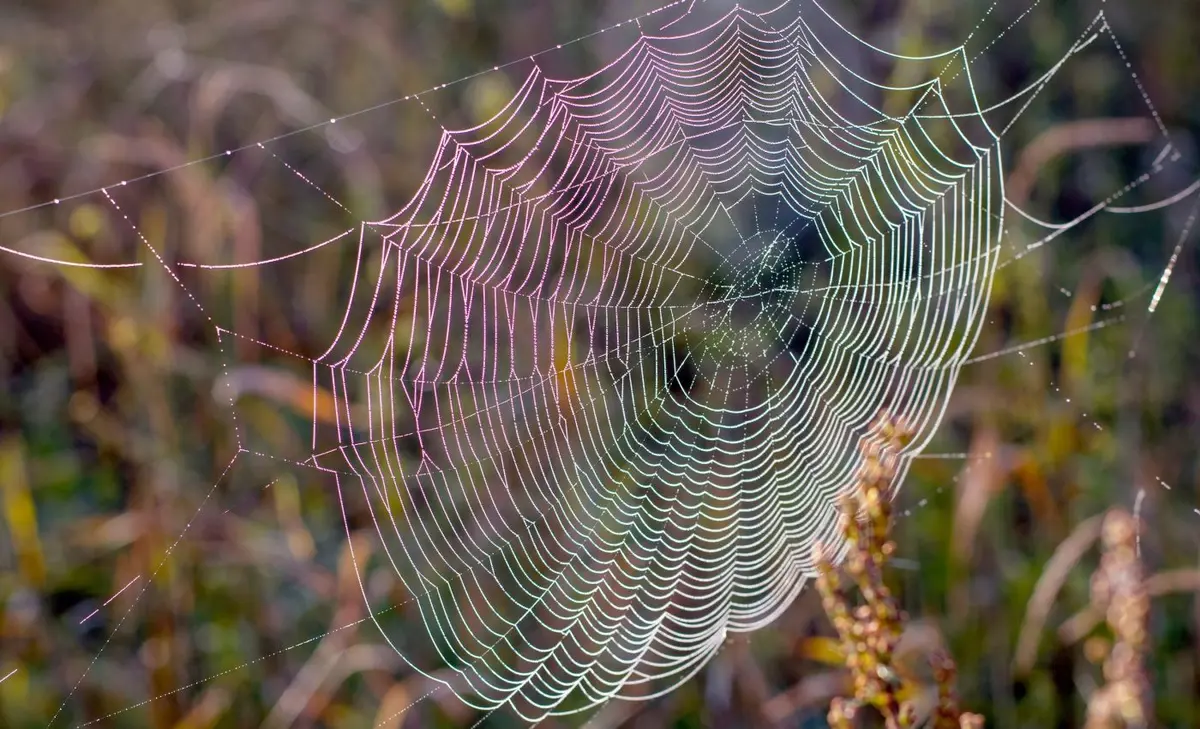Breakthrough in Biotechnology: First CRISPR-Cas9 Modified Spider Produces Fluorescent Silk










2025-06-05T04:03:44Z

In a groundbreaking achievement in the field of genetic engineering, researchers at the University of Bayreuth have successfully bred the world’s first spider modified by the CRISPR-Cas9 technique to produce red fluorescent silk. This innovative study focuses on a species commonly found in households, the common house spider, scientifically known as Parasteatoda tepidariorum.
The implications of this breakthrough are significant and were articulated by the lead researcher, Professor Dr. Thomas Scheibel. He stated, “We have demonstrated, for the first time worldwide, that CRISPR-Cas9 can be used to incorporate a desired sequence into spider silk proteins, thereby enabling the functionalisation of these silk fibres.” This statement underscores the pioneering nature of their research, which not only highlights the versatility of CRISPR technology but also its potential applications in various scientific fields.
Spider silk has long captivated scientists and engineers alike due to its unique properties. Renowned for its extraordinary tear resistance, remarkable elasticity, lightweight nature, and environmental friendliness (being biodegradable), spider silk stands out as an exceptional natural fiber. The successful application of gene-editing technology to enhance the functionality of spider silk could revolutionize its use in materials science and biotechnology, opening avenues for new applications that were previously unimaginable.
Professor Scheibel further elaborated on the potential of this advancement, emphasizing its promise for future materials science research. “The ability to apply CRISPR gene-editing to spider silk is very promising for materials science research – for example, it could be used to further increase the already high tensile strength of spider silk,” he noted. This could lead to the creation of even more durable and versatile materials, which can be utilized in everything from medical devices to sustainable textiles.
The implications of this research extend beyond the laboratory. As the world increasingly seeks sustainable and efficient materials, the enhanced properties of CRISPR-modified spider silk could drive innovation in various sectors, including fashion, manufacturing, and biomedicine. The use of spider silk, particularly one that can glow under UV light with the incorporation of red fluorescence, could lead to highly specialized applications in these fields.
As the scientific community continues to explore the potential of CRISPR technology, this landmark study serves as a promising step toward integrating biotechnology with sustainable practices. Researchers are now looking ahead, eager to investigate how these modifications can be scaled and implemented in real-world scenarios.
 Isabelle Moreau
Isabelle Moreau
Source of the news: Genetic Literacy Project